How to grow and care for gerbera daisies – expert tips for creating a bright display that lasts longer
Loved for their colorful blooms, gerbera daisies are a must for summer flower gardens
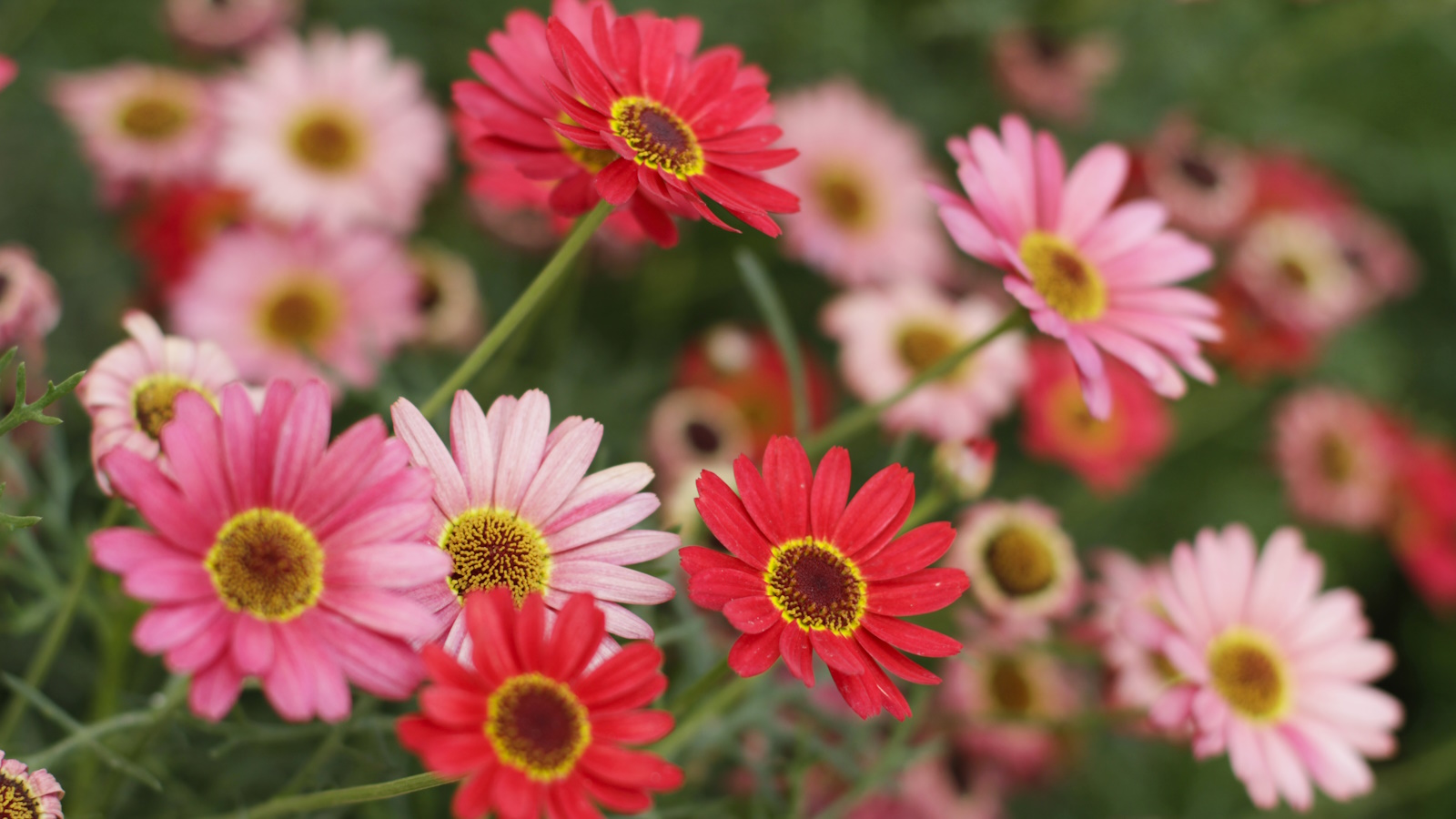

If you live in a warmer climate and are looking for bright blooms for your summer garden, gerbera daisies are one to consider. Native to tropical regions of Africa, these plants produce large, vibrant flowerheads of different colors - from orange to pink.
Gerbera daisies, also known as Transvaal daisies, are a great addition to have in your raised bed garden and can even be grown in a cut flower garden for gorgeous floral arrangements. What's more, these flowers can keep blooming for weeks at a time with the right care.
We've spoken to experts to find out how to successfully grow and care for gerbera daisies and they shared their top tips.
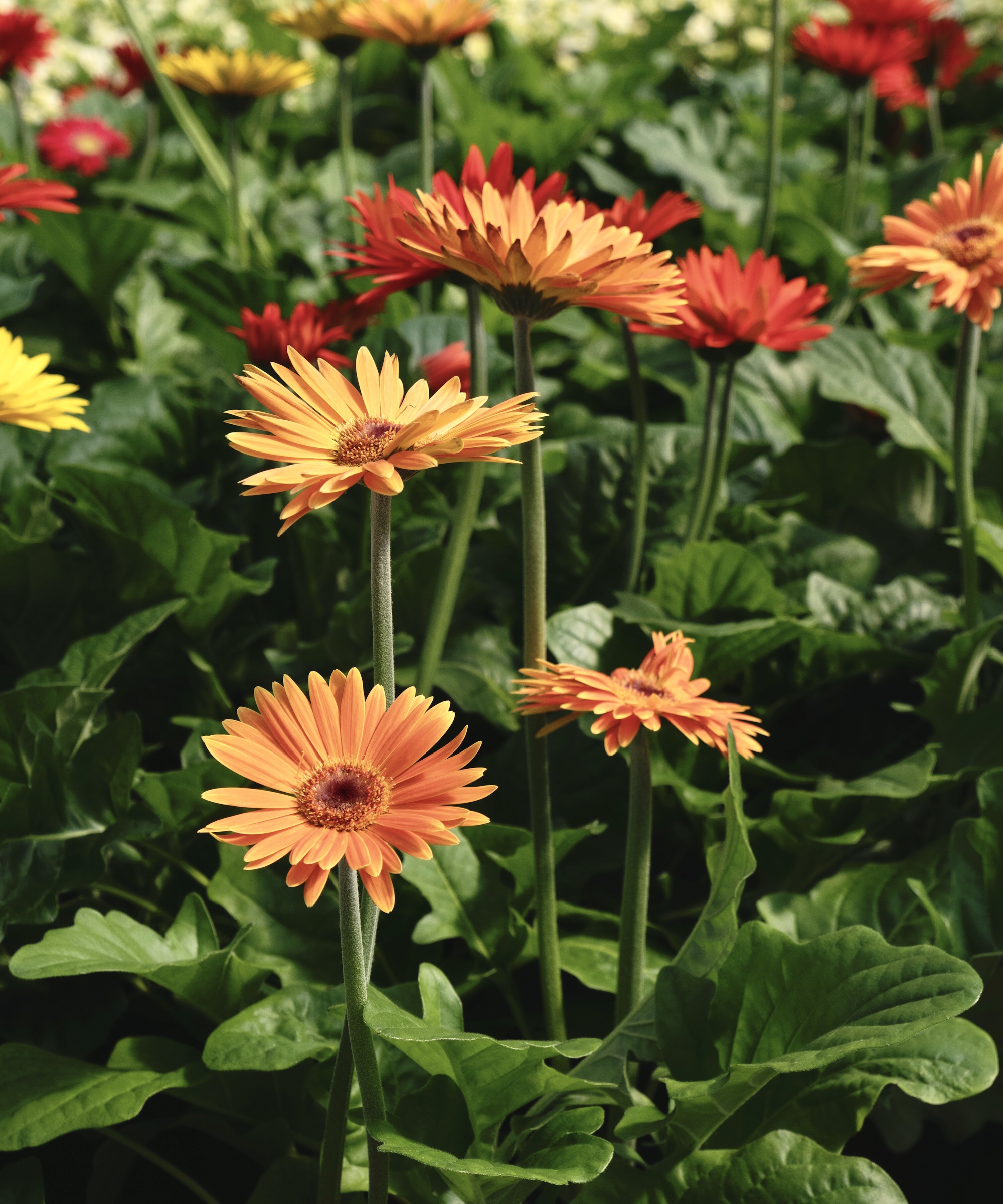
How to grow and care for gerbera daisies
Gerbera daisies are sun-loving flowers that show off bright blooms from spring to summer. They're easy to grow and care for, so long as you follow a few pieces of advice from experts.
1. Choose a bright position
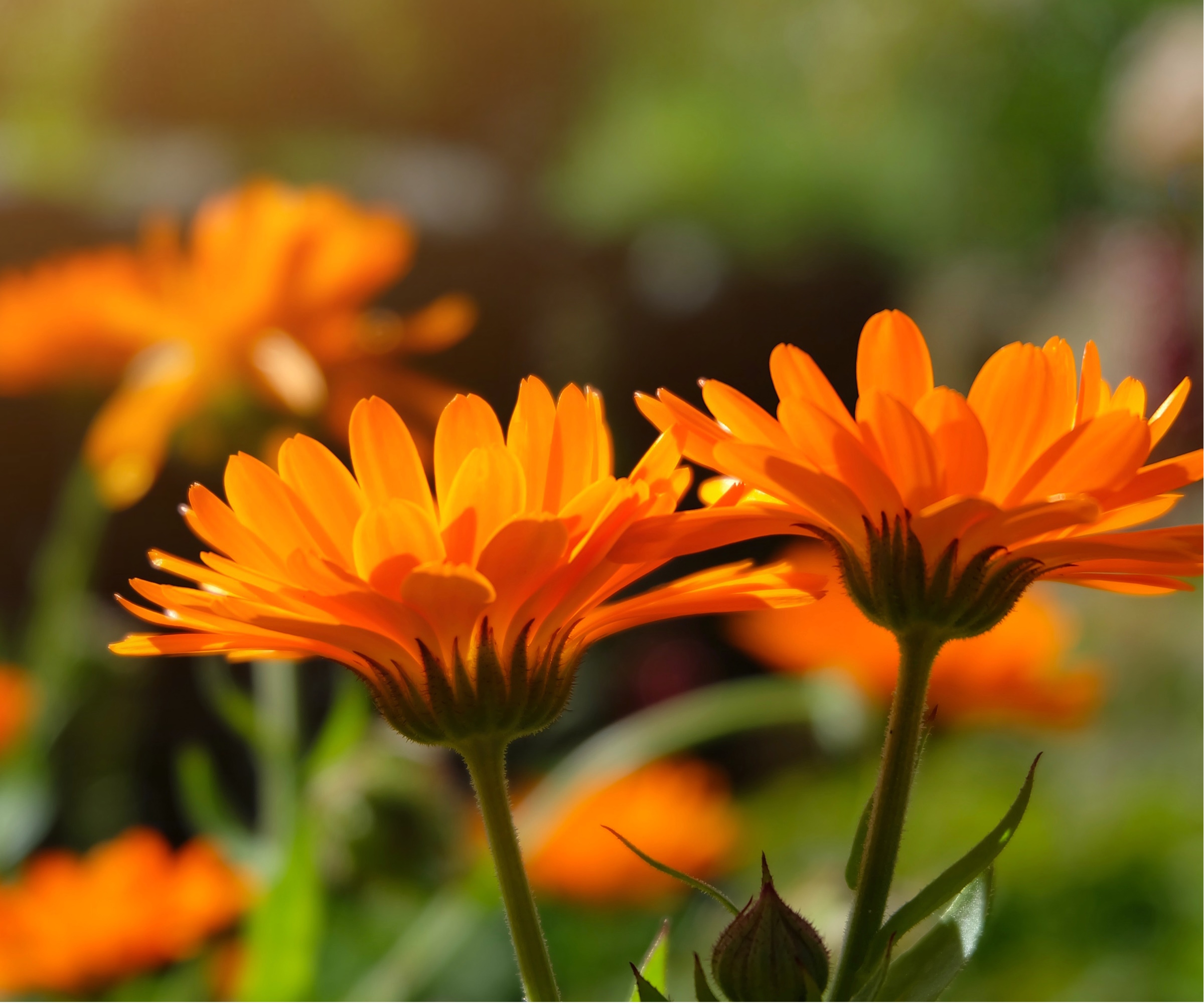
Successful growing is all about right plant, right place and ensuring you are growing a plant in the environment where it will thrive best. For gerbera daisies, US hardiness zone 8 to zone 10 is the sweet spot.
'In regions where winters are mild (zones 8–10), Transvaal daisies can grow as perennials, but in colder areas (below zone 8), they’re typically grown as annuals,' says Julia Omelchenko, botany expert for the Plantum app.
In their natural habitat gerberas are climatized to plenty of sunshine and warmth, so it's key to provide a similar environment for them in your yard.
'These plants enjoy bright light but can be damaged by excessive sunlight and heat. The ideal spot would have direct sunlight in the morning and partial shade in the afternoon,' says Julia.
You should also aim to keep them at a temperature between 72-75°F.
'When they flower, don’t expose them to drastic temperature fluctuations, especially at night. Come winter, gradually reduce temperatures to around 57–58°F and maintain them around 54°F to stimulate dormancy,' Julia adds.

Julia is a resident botany expert at Plantum, an app that helps identify plants and improve plant care.Julia Omelchenko is a professional botany expert for the Plantum app that helps users identify plant species, diagnose their conditions, and get specific care advice. She has 4 years of experience consulting on botany-related topics for Plantum (formerly NatureID). Her areas of specialization include phytopathology, plant physiology, and plant biochemistry.
2. Plant gerbera daisies in well-draining soil
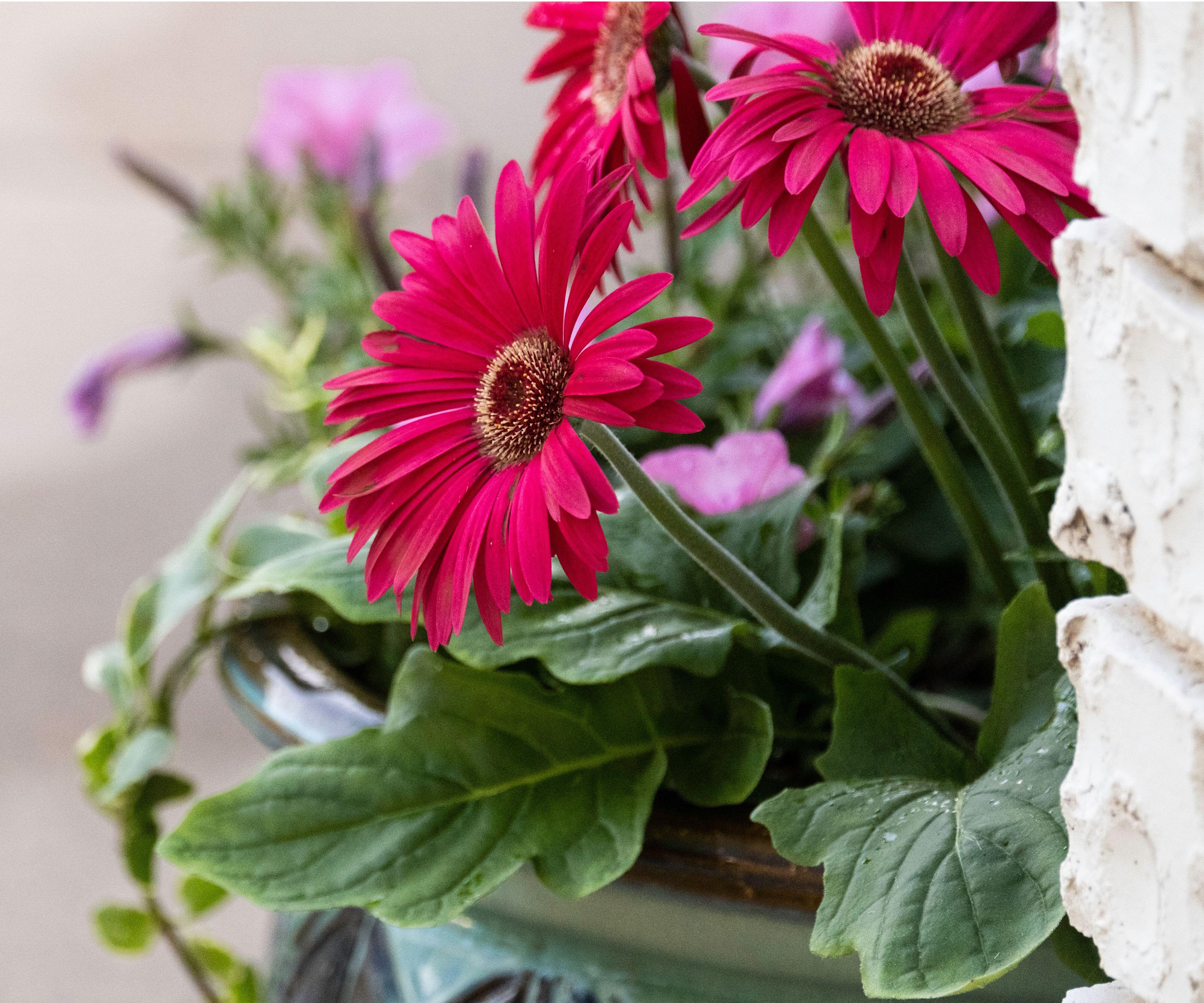
A common mistake many make when growing new plants is not identifying the optimal soil type. This can make all the difference in how much the soil drains and holds on to moisture. Gerbera daisies are among the plants that don't enjoy sitting in wet soil.
'Transvaal daisies thrive in nutritious, well-draining soil with a pH between 5.5 and 6.5,' Julia notes. You can test your soil before planting with this soil test kit from Amazon and buy well-draining soil online, like this potting mix from Amazon to use in container gardens and raised beds.
'If the soil on your plot is dense, mix in coarse river sand to improve drainage. Add enough sand so that the water gets easily absorbed during watering,' Julia suggests.
If you started your plants inside by sowing seeds indoors, it's best to plant them up outdoors when the weather warms up in spring. 'Plant your Transvaal daisies with their crowns (the point where the stems and roots meet) slightly above ground to prevent rot. If your outdoor climate is cold, wait until spring, when night time temperatures stay above 41°F,' Julia notes.
3. Maintain a consistent moisture level
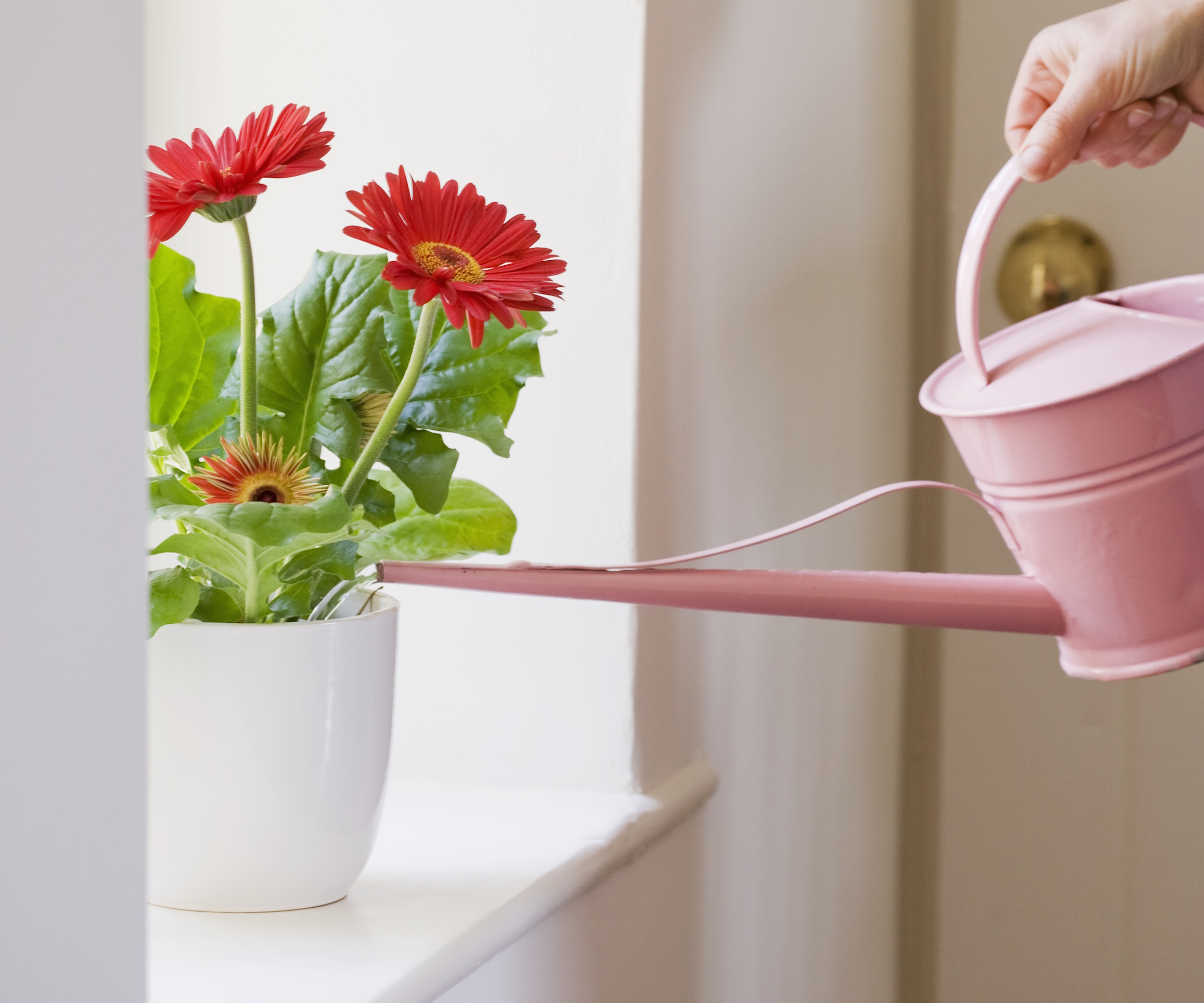
An essential part of ongoing care for your gerbera daisies is knowing how to water your plants correctly. Gerberas dislike sitting in waterlogged soil but don't enjoy drying out either, so you should water them when the top inch of soil is dry.
'During hot, dry spells, water about once a week,' says Julia. 'Keep in mind that younger plants will require more moisture,' she adds. You can use this moisture meter from Amazon to monitor moisture levels and use this seed tray with a humidity dome from Amazon to trap moisture in to encourage seedlings to grow.
'When watering, don’t let any droplets get into the rosette to prevent rot,' Julia says.
You should also reduce watering when your gerberas aren't flowering in colder months, as this could result in oversaturated soil and root rot.
4. Deadhead faded flowers
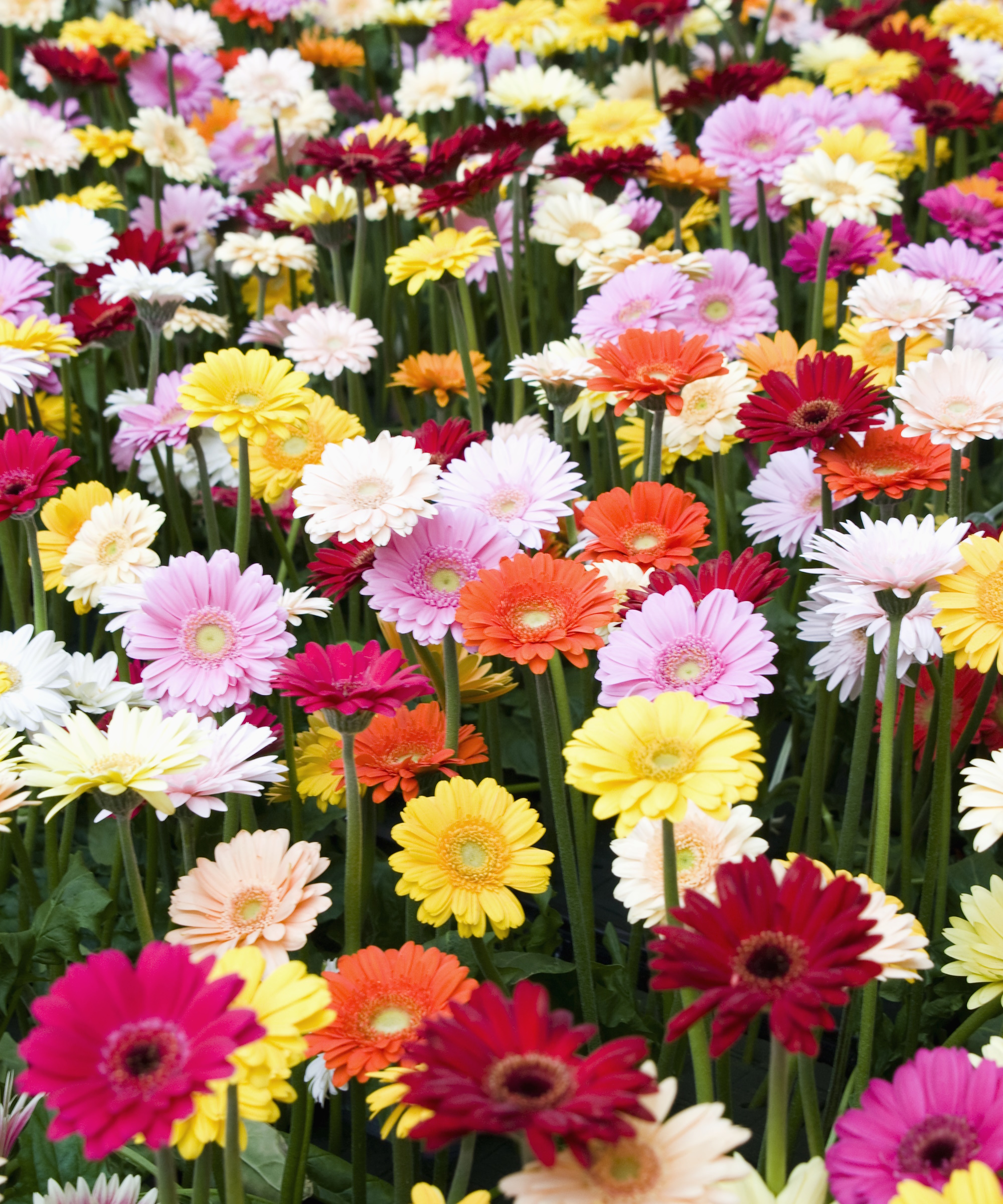
Just as you need to deadhead Shasta daisies, it can be a good idea to remove faded flowers from your gerbera daisies. This will encourage new blooms and a longer display.
'To prolong blooming, promptly remove faded flowers by cutting the stems at their base,' says Julia. 'Regularly prune wilted or dying leaves to maintain plant health and appearance,' she adds.
Take care to avoid deadheading mistakes so that your pruning works effectively to encourage further growth. You might also find essential gardening tools, like these pruning shears from Amazon, helpful in deadheading your gerbera daisies.
FAQs
Can you grow gerbera daisies indoors
Yes, it is possible to grow gerbera daisies indoors. These flowers don't like to sit in waterlogged soil, so growing them indoors in a planter with a drainage hole is a great way to provide proper drainage for them. Make sure to also keep your indoor gerberas near a bright window, but watch out for direct sunlight which may damage foliage and flowers.
Should you fertilize gerbera daisies?
Fertilizing gerberas can be a good way to encourage more blooms. You should only feed your gerbera daisies when they are actively growing during spring and summer to avoid root burn.
'It’s best to go for a liquid fertilizer that’s high in phosphorus and potassium but low in nitrogen. These macronutrients will promote flowering,' says Julia Omelchenko, botany expert for the Plantum app.
Gerbera daisies are easy to grow and take care of, and instantly brighten up your summer flower display. If you're looking for more blooms, explore our expert list of late summer flowers to have a vibrant display through to fall.
Sign up to the Homes & Gardens newsletter
Design expertise in your inbox – from inspiring decorating ideas and beautiful celebrity homes to practical gardening advice and shopping round-ups.

Tenielle is a Gardens News Writer at Homes & Gardens. She holds a qualification in MA Magazine Journalism and has over six years of journalistic experience. Before coming to Homes & Gardens, Tenielle was in the editorial department at the Royal Horticultural Society and worked on The Garden magazine. As our in-house houseplant expert, Tenielle writes on a range of solutions to houseplant problems, as well as other 'how to' guides, inspiring garden projects, and the latest gardening news. When she isn't writing, Tenielle can be found propagating her ever-growing collection of indoor plants, helping others overcome common houseplant pests and diseases, volunteering at a local gardening club, and attending gardening workshops, like a composting masterclass.
-
 Plants never to grow next to fruit trees
Plants never to grow next to fruit treesExpert advice on which plants to keep away from fruit trees to encourage a healthy harvest
By Jacky Parker Published
-
 Martha Stewart's tips for arranging daffodils are unbelievably simple and effective – it's the only flower advice you need this springtime
Martha Stewart's tips for arranging daffodils are unbelievably simple and effective – it's the only flower advice you need this springtimeMartha shows us that we can create gorgeous bouquets of this seasonal flower by simply trimming the stems and placing them in specific vases
By Hannah Ziegler Published